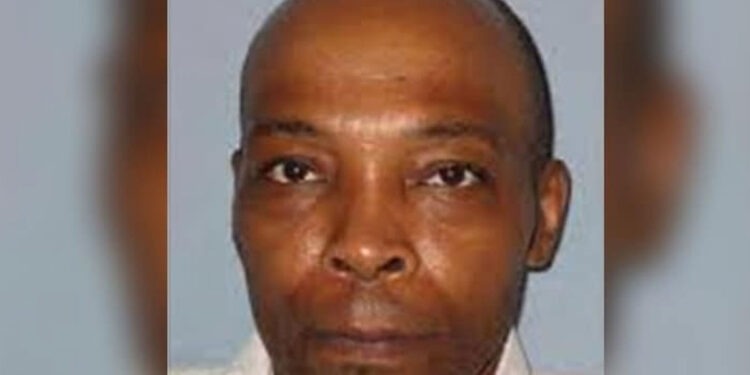Keith Edmund Gavin, a death row inmate in Alabama, was executed by lethal injection on 18 July 2024. His execution was for the 1998 murder of a delivery truck driver, William Clayton Jr., at a bank ATM in Cherokee County. Gavin’s life and the circumstances surrounding his crime and execution provide a somber look into the complexities of the criminal justice system.
Keith Edmund Gavin Wikipedia Details
| Date Of Birth: N/A
Birth Year: 1960 |
Father: Willie Gavin Sr
Mother: Annette Gavin |
| Age: 64-year-old | Siblings: Ten |
| Zodiac Sign: N/A | Relationship Status: N/A |
| Birth Place: Illinois, USA | Married Date: N/A |
| Nationality: American | Wife: N/A |
| Religion: Islam | Children: N/A |
| Ethnicity: African American | Profession: N/A |
| Height: 6 feet 3 inches | Net worth: N/A |
| Weight: Decent | Wikipedia: No |
| Education: College Courses | Facebook: Link |
| College: N/A | Instagram: Link |
Who Is Keith Edmund Gavin? Biography & Parents Details
Keith Edmund Gavin was born to Annette Gavin and Willie Gavin Sr. in Illinois, USA. He was one of eleven children, growing up in a large family. Details about his siblings are scarce, and his parents remained out of the public eye, never speaking about the incident involving their son.
Childhood and Upbringing
Gavin’s early life was marked by instability. His father was incarcerated for nine months for robbery when Gavin was just two years old. This absence undoubtedly impacted his upbringing. Despite these challenges, there is little public information about Gavin’s early years and the environment in which he was raised.
Education and Early Adulthood
Educational Journey
Keith Edmund Gavin began his education in a local high school in Illinois. However, he dropped out in the eleventh grade. Later, while incarcerated for a separate murder in Illinois, he earned his GED and even took some college courses. His educational pursuits during incarceration reflect a complex individual seeking self-improvement despite his circumstances.
The Crime and Conviction
The 1998 Murder
On 6 March 1998, Keith Edmund Gavin was involved in the shooting death of courier service driver William Clayton Jr. According to records, Gavin shot Clayton during an attempted robbery, pushed him into the passenger seat of Clayton’s van, and drove off in the vehicle. This brutal act led to his conviction on two counts of capital murder in March 1998.
Execution Details
Execution Process
Keith Edmund Gavin was executed by lethal injection at the William C. Holman Correctional Facility in Atmore, Alabama. He was pronounced dead at 6:32 p.m. on 18 July 2024, following a procedure that lasted 23 minutes. Gavin’s execution marked the third inmate put to death by the state of Alabama in 2024 and the 10th in the United States for the year.
Last Moments
The day before his execution, Gavin refused all meals except for a bag of Ruffles cheddar sour cream potato chips, a bag of Lay’s plain potato chips, and a chocolate Hershey bar with almonds. In a last-minute effort to delay his execution, Gavin filed a handwritten motion with the U.S. Supreme Court requesting a stay, claiming he was denied due process due to his inability to pay a filing fee.
Legal Battles and Appeals
Claiming Innocence
Throughout his years on death row, Keith Edmund Gavin maintained his innocence regarding the 1998 murder. He claimed that his cousin, Dewayne Meeks, was the one who actually shot Clayton. Despite several appeals and assertions that Meeks was the shooter, Gavin’s conviction stood. Notably, two witnesses positively identified Gavin as the shooter, and Meeks was never convicted for the crime.
Personal Life
Physical Appearance
At the time of his execution, Keith Edmund Gavin stood at 6 feet 3 inches tall and maintained a decent weight. His physical presence was notable, but it was his actions and the legal battles that defined his life.
Conclusion
Keith Edmund Gavin’s life and execution are a poignant reminder of the complexities within the criminal justice system. His background, legal battles, and ultimate execution paint a picture of a man whose life was marked by significant challenges and controversy. While his guilt or innocence in the 1998 murder remains a matter of legal record, the broader narrative of his life offers a deeper understanding of the factors that shape such tragic outcomes.









